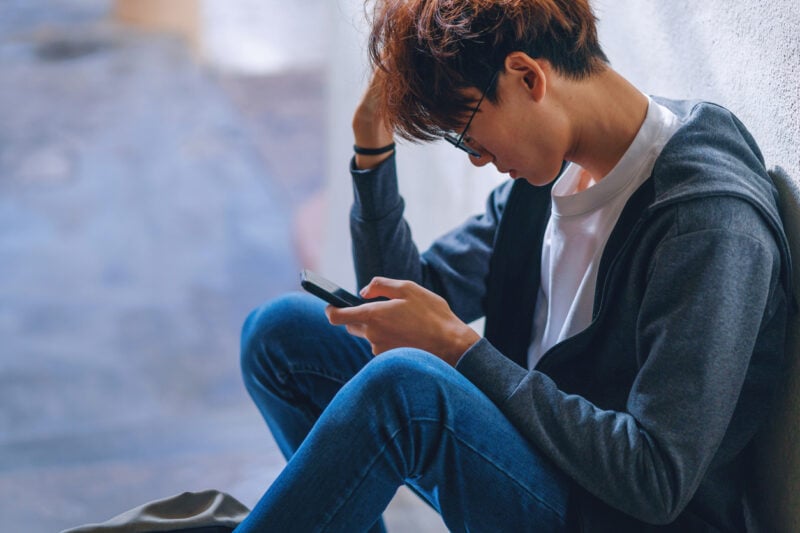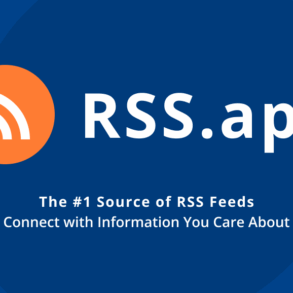
—
Social Media has become a lifeline in today’s world. It has played a very important role in terms of building communication and networking as well as sharing information. While it has given us many technological advancements, there have been some negative impacts as well. This article wi discuss whether social media is Toxic and what we can do about it.
According to CyberGhost‘s blog piece, more than 30% of US respondents find Facebook to be the most toxic social media app, followed by TikTok, Instagram, and Snapchat. Let’s dive in to learn more about social media toxicity, its underlying origins, and provide useful tips on how users and platforms might lessen its effects.
Understanding Social Media Toxicity
Social media toxicity is the term used to describe a variety of harmful actions and outcomes that take place on online platforms. These could include polarization, misinformation, addiction, cyberbullying, harassment, and mental health conditions like sadness and anxiety.
Online interactions can heighten disinhibition, resulting in aggressive exchanges and uncivil language due to their anonymity and apparent distance. Furthermore, because social media is algorithm-driven, it can produce echo chambers that deepen societal differences and reinforce preexisting biases.
Social media has a significant negative impact on mental health. Some of the beliefs that teens share with each other online are not particularly healthy. It’s noticeable that users of TikTok frequently normalize and even glorify mental illnesses like despair and anxiety.
I’ve seen innumerable videos in which people express these emotions, and the comments are full of people nodding in agreement or making light of others’ tragedies. This environment can validate someone’s feelings while also making others feel insignificant.
Causes of Social Media Toxicity
Social networking networks are poisonous for several reasons. Seeking engagement metrics, such as likes, shares, and comments, encourages sensationalism and contentious issues that stir up strong feelings in viewers. This culture of “clickbait” values virality over truth and creates a cutthroat atmosphere conducive to controversy and extreme viewpoints. Furthermore, people may be more inclined to participate in hazardous behaviors in online contacts due to the anonymity and lack of accountability compared to in-person encounters.
Effects of Social Media Toxicity
Beyond any one user, social media toxicity has an adverse effect on society at large. The impact of cyberbullying and online harassment can be severe, resulting in social isolation, psychological suffering, and even self-harm for the victims. Misinformation and disinformation can cause division, erode public confidence in institutions, and skew public conversation when it is shared on social media.
Furthermore, excessive social media use has been connected to addiction, insufficient sleep, and detrimental impacts on mental health, especially among young people.
What Can Be Done To Address Social Media Toxicity
To address social media toxicity, a complex strategy is needed to encompass individuals, platform operators, governments, and society.
Individual Responsibility
As part of your digital literacy practice, be skeptical of what you share and consume on social media. Before disseminating information, make sure it comes from reliable sources.
Encourage gratifying interactions: When communicating online, be respectful and have civil conversations. Avoid distributing hate speech or interacting with trolls.
Establish limits: Spend less time on social media, particularly if it has a detrimental effect on your productivity or mental well-being. When necessary, take breaks.
Platform Accountability
Boost content moderation: To quickly detect and delete offensive information, social media businesses should invest in both human moderators and AI-driven moderation solutions.
Accountability and transparency: Platforms should be open and honest about their rules regarding prohibited content and how they implement them. There should be channels for users to report abusive behavior and get prompt assistance.
Algorithmic transparency: Platforms should explain how their algorithms operate to prevent the spread of false information, divisive content, and damaging suggestions.
Policy Intervention
Regulation: To ensure users’ safety and privacy online, lawmakers should pass laws holding social media corporations responsible for their content moderation policies.
Education and awareness: Implement digital literacy initiatives in schools to teach pupils critical thinking skills, internet safety, and social media responsibility.
Societal Change
Develop kindness and empathy: Encourage an inclusive, understanding, and empathetic culture both online and offline. Encourage acts of kindness and campaigns to combat negativity on social media.
Promote mental health resources: Give those impacted by social media toxicity more access to mental health resources and support services.
Conclusion
Toxic social media presents severe problems for people, groups, and society. By being aware of its causes and effects and taking proactive actions to remedy them, we can establish a more pleasant and healthy online environment.
Everyone has a part to play in preventing social media toxicity and creating a digital environment that emphasizes respect, empathy, and well-being. This includes individual acts as well as platform responsibility and governmental intervention.
—
This content is brought to you by Ujwal Mattoo
This post was originally published on this site be sure to check out more of their content







